Table of Content:
- Home Interior Design #1: Balance
- Home Interior Design #2: Harmony
- Home Interior Design #3: Rhythm
- Home Interior Design #4: Proportion
- Home Interior Design #5: Emphasis
- Home Interior Design #6: Contrast
- Home Interior Design #7: Details
- Home Interior Design #8: Quick Vastu Tips for Home Interior Design
Interior design is a captivating concept that empowers us to transform any space into extraordinary realms of beauty, comfort, and functionality. By understanding the fundamental principles, embracing our personal style, and incorporating innovative ideas, we can create harmonious interiors for any space.
While you’ve landed on our page, it won't be just a coincidence. You must be on a journey to either explore the home interior design world or hone your skills. No matter the case, keep reading this holistic article on interior design, unleash your creativity and instincts, and join the journey to create spaces that inspire.
7 Interior Design Principles That Can Make Any Space Functional & Aesthetically Pleasing
Interior design basics refer to the rules and regulations a homeowner or an interior designer follows to build a functional and captivating space. There are seven interior design principles:
Balance
Harmony
Rhythm
Proportion & Scale
Emphasis
Contrast
Details
Let's review each design principle that can create beautiful and functional interior spaces.
1. Balance
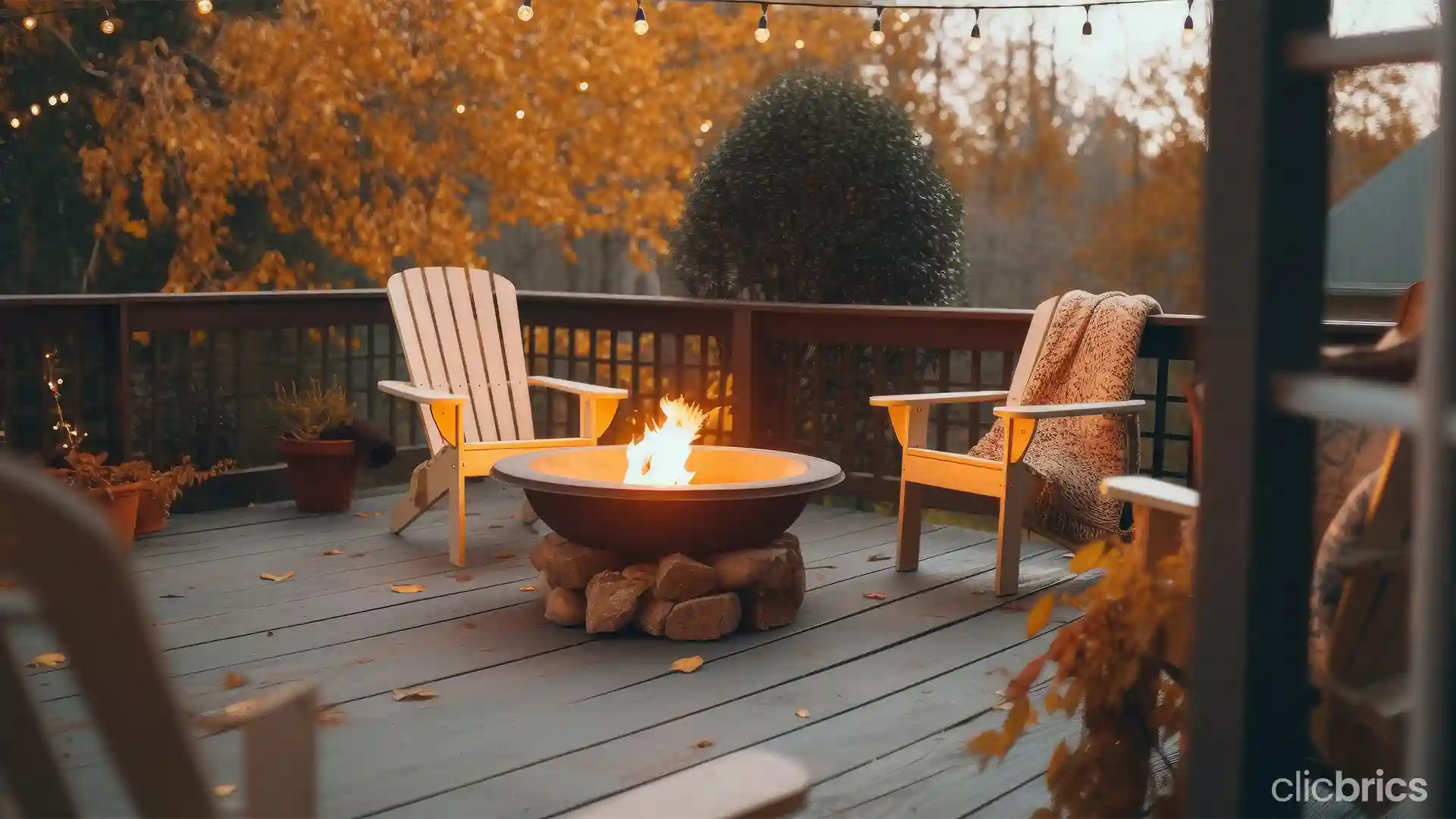
In interior design, "balance" refers to the visual aspect of distributing furniture and decorative objects evenly to get the same level of visual weight when anyone glances at a room.
In order to achieve balance, you need to pay extra attention to the placement of elements. For that, follow a simple mantra– always analyze different aspects' scale, shape, color, and texture before placing. Furthermore, the concept of balance can go in three different ways-
Symmetrical- Also known as ‘Formal Balance’, it is characterized by an equal distribution of visual weight. The symmetrical balance tends to create a sense of order, formality, and calmness. For example, you can place identical chairs and side tables on both sides of the fireplace, creating a symmetrical balance.
Asymmetric Balance- Also known as ‘Informal Balance’, it is used to attain informal balance using different elements with similar visual weight. For example, you can place a large piece of artwork on one side of the room to create a balance with multiple small objects on the other.
Radial Balance- This balance is most commonly seen in round or oval-shaped rooms where central furniture or elements are placed as anchors. For example., a dining table that is surrounded by chairs or a chandelier hanging over the ceiling to create a radial balance.
2. Harmony
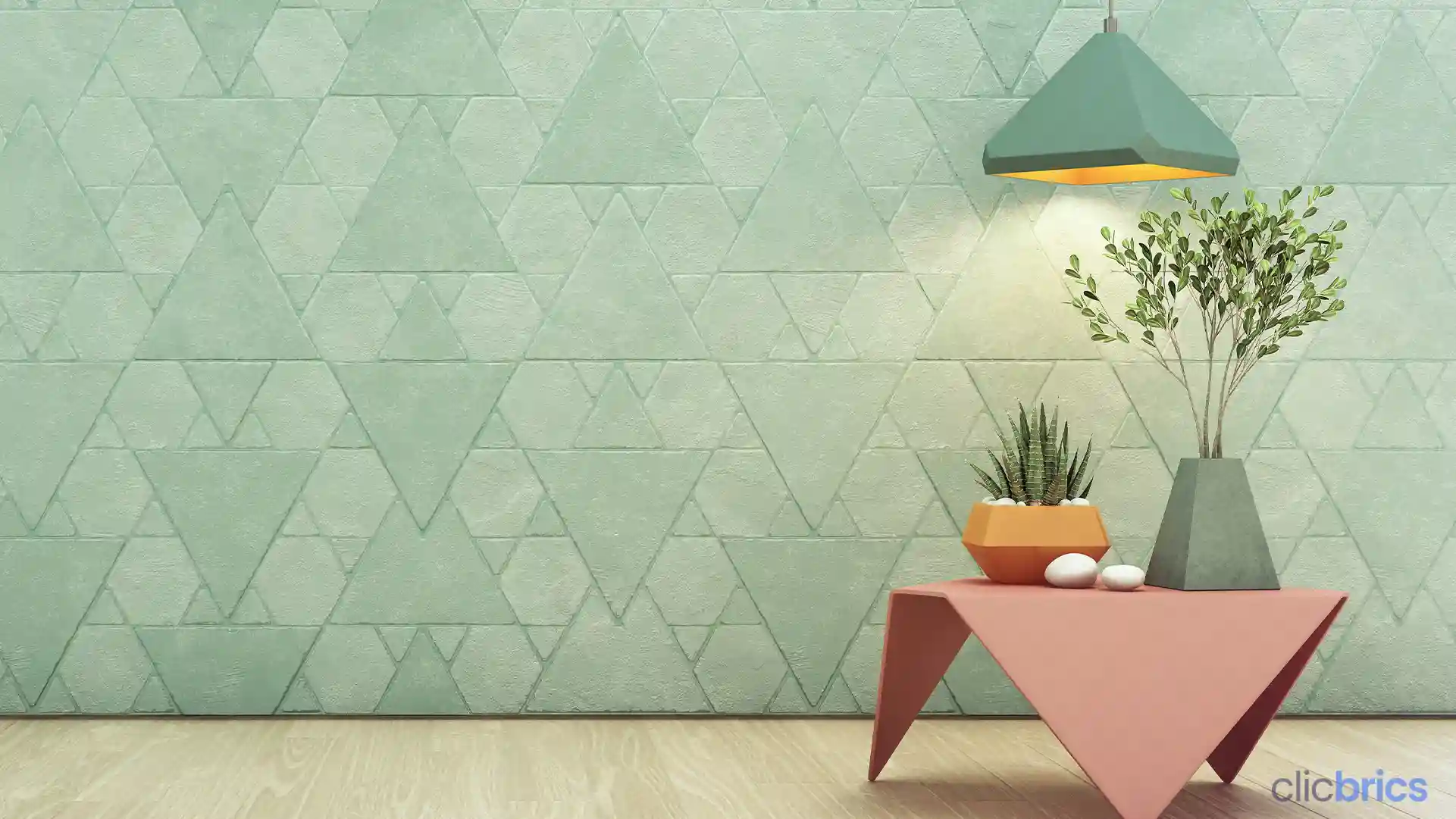
Harmony, or unity, is a major feature of a house's design journey. While working on a home interior, the furnishing, style, and decorative items for home should sync to create a cohesive look.
The perfect blend of cohesion and harmony among all the elements provides the best interior design look. Focus on the patterns, hues, and textures to have a smooth flow throughout the design process.
3. Rhythm
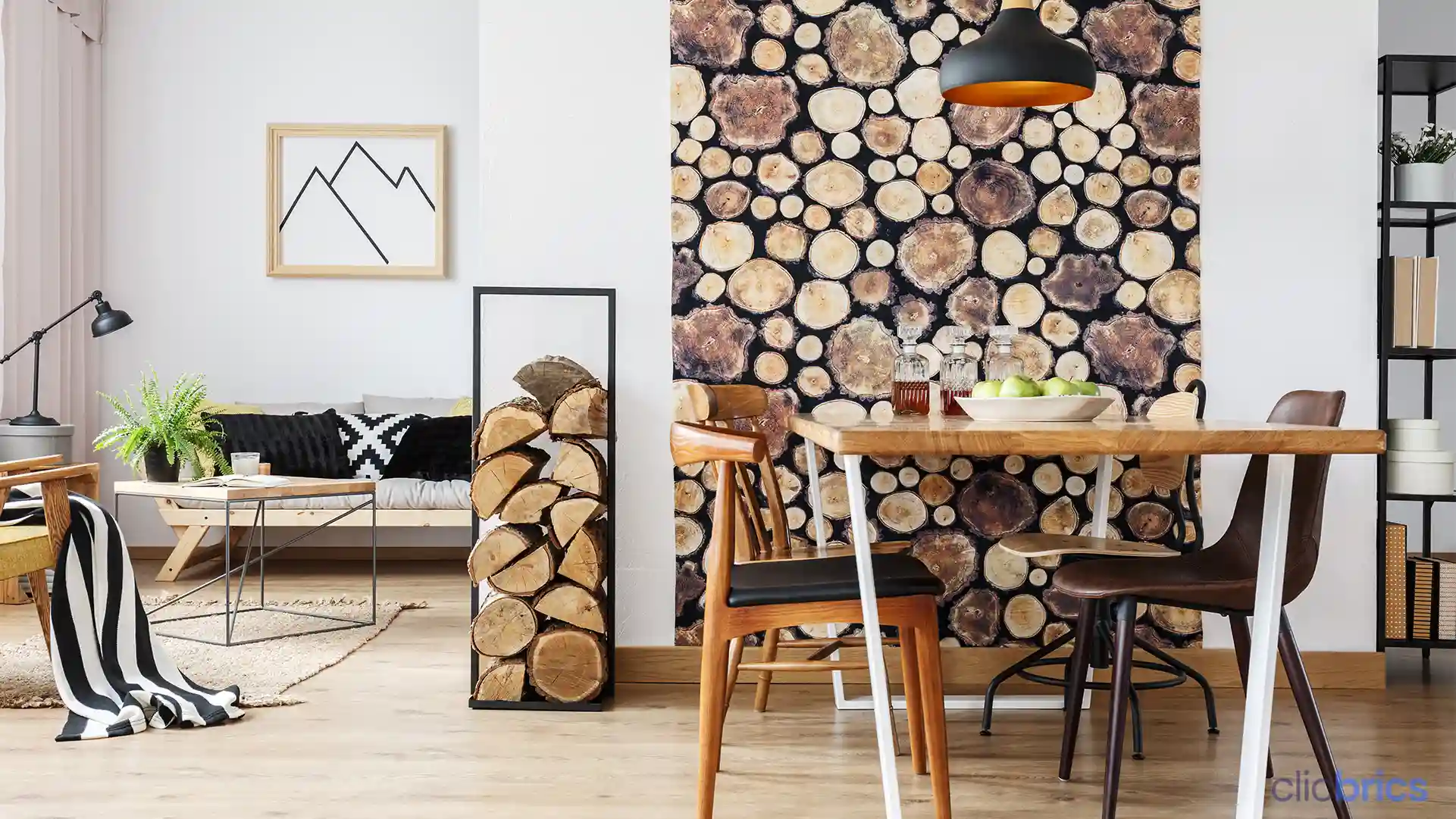
What if I were asked to analyze the piece of music? What would you do? You would describe its rhythmic pattern. The same concept applies to modern interior design. As homeowners or professional designers, we tend to create a rhythm through the visual repetition of form.
Let's say you are working on an interior wall design, so you should arrange elements to observe repetition, progression, transition, or contrast. Following the drill of rhythm will help your space attain a sense of charm, uplifting any room's look.
Also Read: How to Bring Scandinavian Interior Design into Your Home
4. Proportion
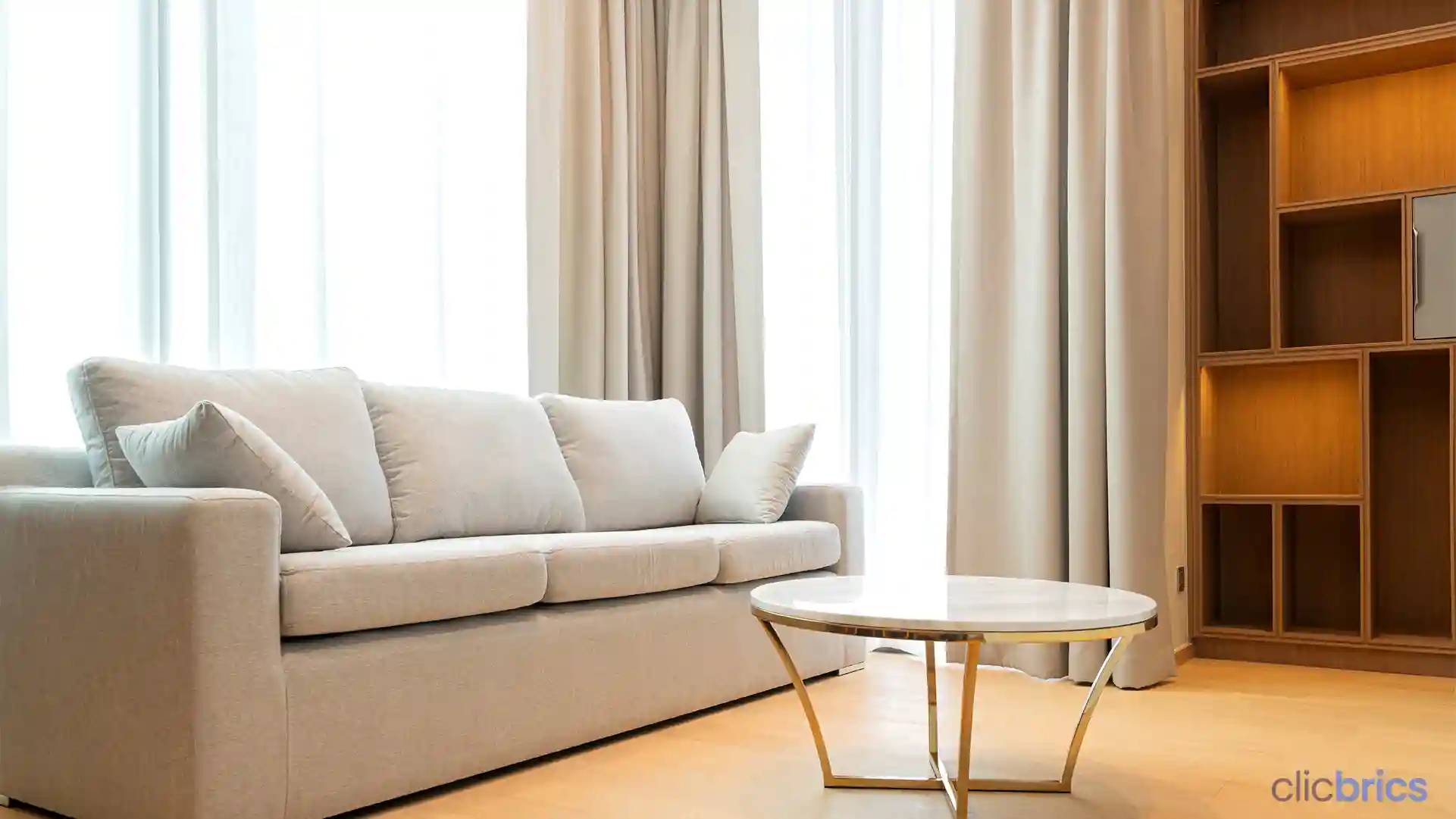
Consider ‘proportion and scale’ an approach to creating a sense of visual interest in a room. Size, shape, form, or color should be balanced in interior design work.
For instance, you cannot place a small coffee table and two big sofas in your living room, as it will look out of proportion.
The key is simple— You have to work on building a relationship between the size of the object and the size of the space.
5. Emphasis
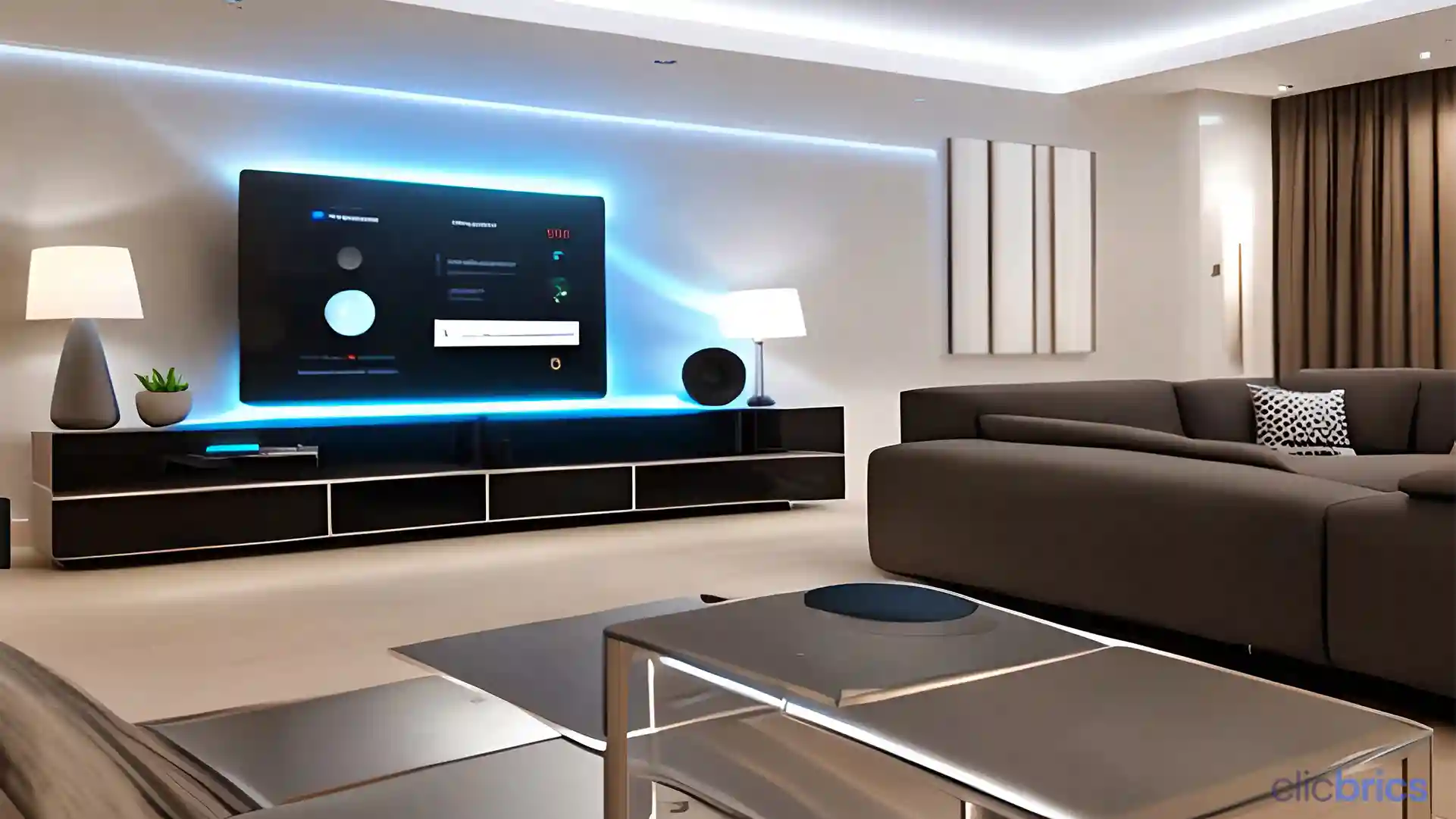
Imagine a room with no focal point; it will obviously look dull. The concept of ‘emphasis’ in interior design work focuses on a room's components, texture, or pattern.
For instance, you can place a stunning TV unit design in your living room, which will work as a focal point, and around it, you can decide the placement of elements and furniture to make your space pop.
So, look at your room and analyze which element should be the focal point. But remember not to have too many focal points, as it will make your space look cluttered.
6. Contrast
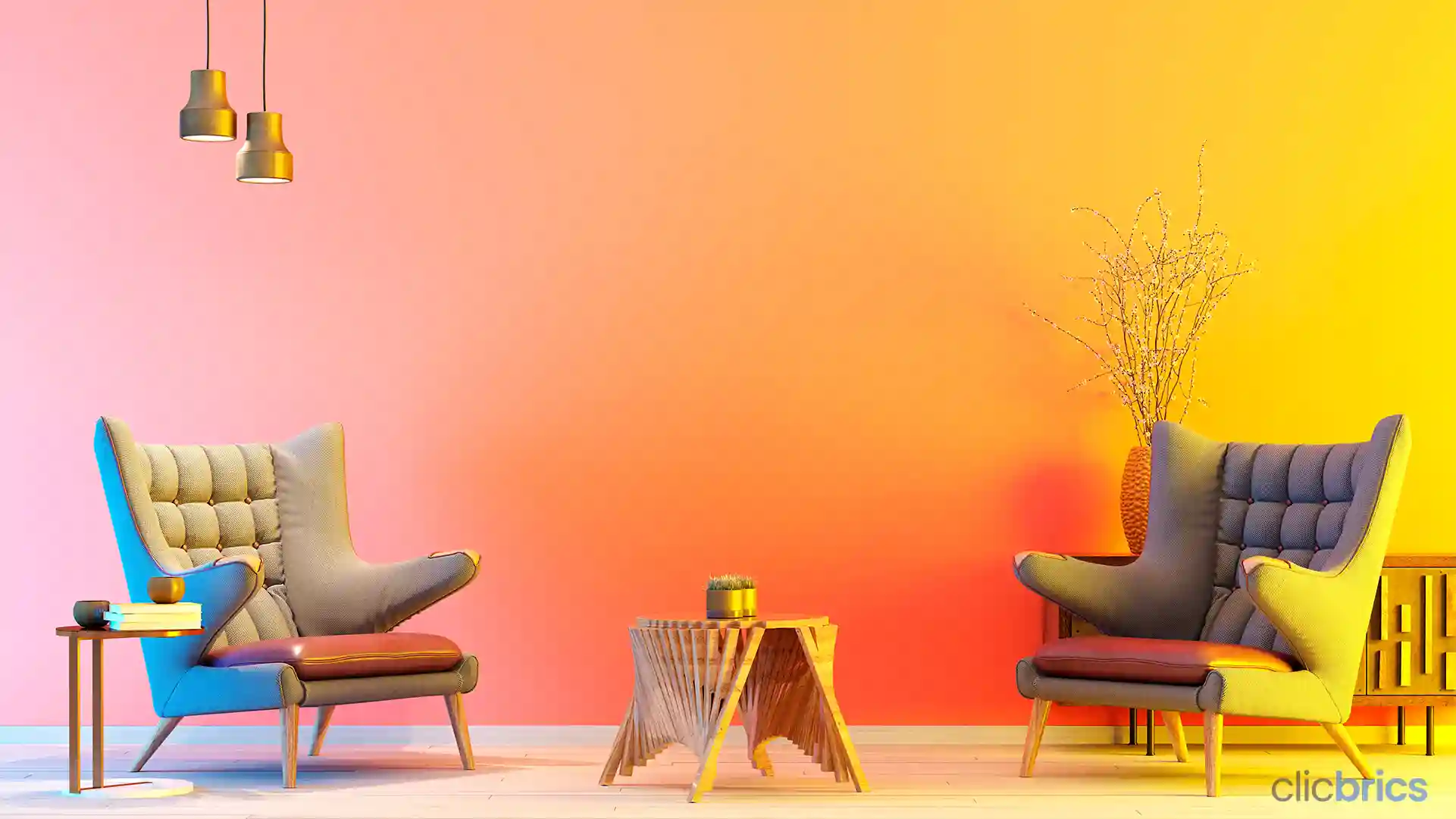
While there are plenty of minimalist interior design tricks to create contrast in any space, the easiest one is to use ‘color.’ All you have to do is play a game with colors, pairing light or cool colors with dark or warm colors. Moreover, if you have mastered the art of interior design, you can create a contrast by experimenting with different textures, patterns, or scales.
While trying your hand at this principle of home interior design, remember not to overdo it because too much contrast in interior design work can be overwhelming.
Also Read: Top 25 Budget Friendly Interior Design Ideas for Home
7. Details
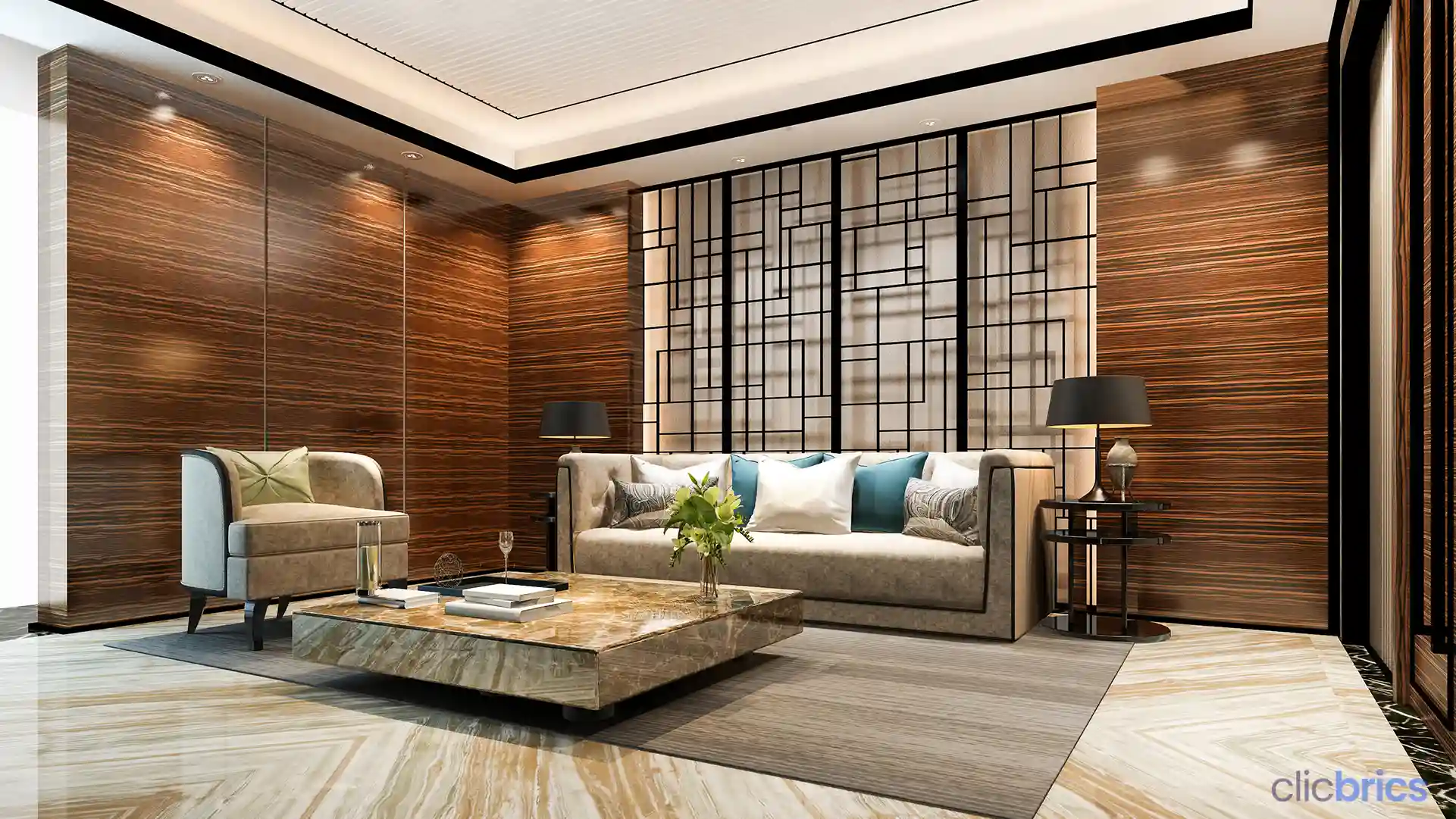
The last principle of interior design is ‘detail.’ Your space can never be fully complete without the right finishing touches. And don’t fret! You don't have to master the art of home interior design to add details to a space. Here, your unique style will add a personal touch.
Adding details to a space can make it look unique and bright! So, start paying attention to details to create a dreamy look.
Quick Vastu Tips for Home Interior Design
Follow the below-mentioned vastu tips for interior design work to cast a positive impact in your life:
The preferable directions for placing entry gates are north, northeast, east, southwest, or northwest.
Prepare your ground floor a bit sloped towards the northeast direction.
If you want to dig up a well or a fountain, do it in the northeast direction.
Avoid south and west directions when creating a balcony. The preferred choices for building patios are north, east, and northeast.
Build your kitchen in the southeast, northwest, or never in the northeast direction.
Place staircases in the south, west, or southwest directions and avoid the northeast direction.
Also Read: Vastu Shastra Tips To Create a More Harmonious Home